-

Supply Chain Hiring Trends
Supply chain disruptions remain a concern for many retailers as the holiday season approaches. Material shortages, shipping delays, and rising demand have logistics companies scrambling to accommodate surges on customer orders while they continue to navigate the current supply chain challenges. As a result, the industry is taking a close look at supply chain hiring…
-

The Importance of Supply Chain Resilience
Supply chain disruptions caused by the COVID-19 pandemic continue to make headlines across the nation. Over the last year and a half, consumers have experienced empty grocery shelves, long shipping times, and shortages of basic goods such as toilet paper, proving that the pre-COVID supply chain was not equipped to withstand pandemic-related hardships. To prevent…
-
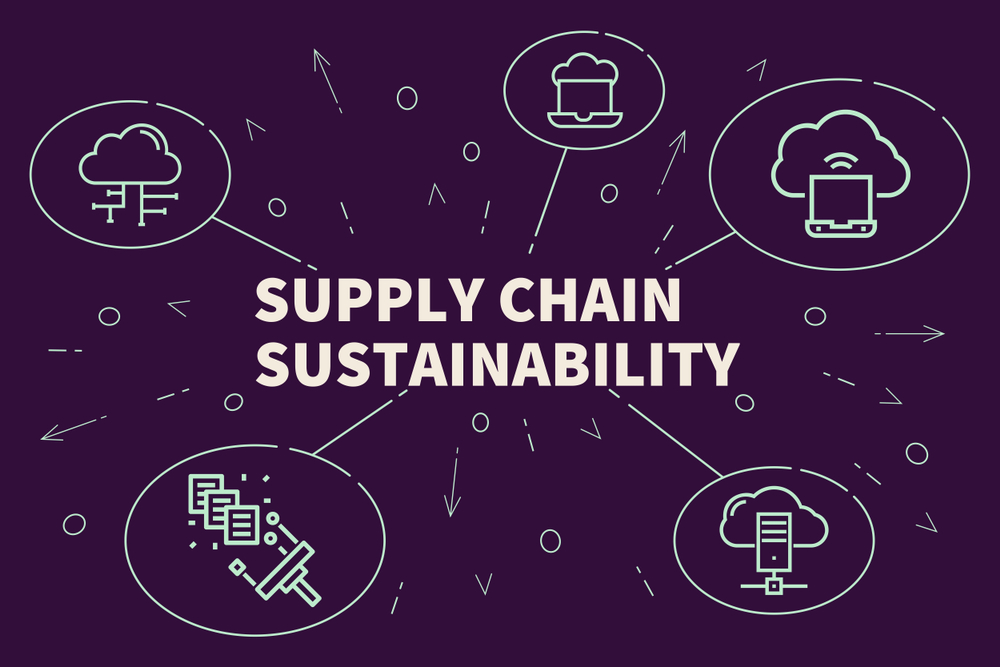
Achieving Supply Chain Sustainability
“Sustainability” now appears inextricably linked with our present corporate culture. For some businesses, the concept may be a genuine, but still an ill-defined goal. For others, sustainability is seamlessly integrated into both long-term strategies and day-to-day business operations. Most companies can at least agree on its importance. A recent Oxford Economics survey found that 65% of companies have created a clear purpose statement around…
-

The Importance of Employee Motivation in the Supply Chain
The COVID-19 pandemic has fundamentally changed the landscape of the workplace. In some cases, it has given employees desired flexibility and choice, and in others it has created new stressors and hardships. An unfortunate theme of 2020 was that there weren’t enough people working due to the economic downturn posed by the pandemic. And now…
-

Upgrading Distribution Networks for the New Economy
The global aluminum industry is the latest industry to suffer massive price hikes due to supply chain disruptions. Aluminum reached $3,000 a ton for the first time in 13 years amid anticipation that problems plaguing global distribution networks will persist well into 2022. These problems include COVID’s Delta variant sidelining much of the labor force…
-
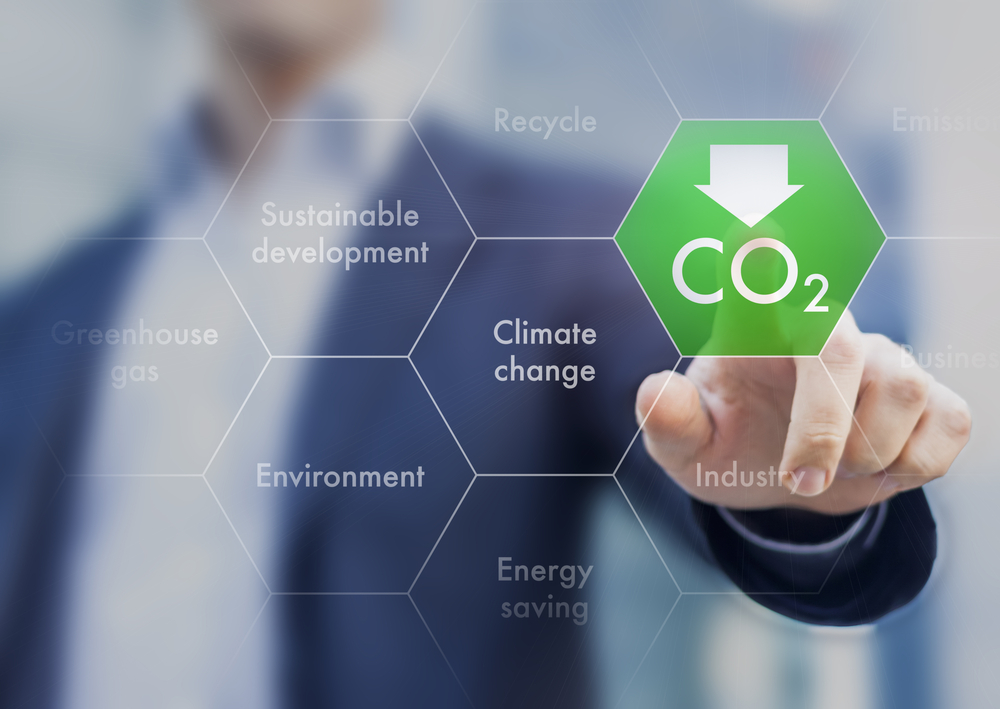
Can New Environmental Regulations Create Sustainable Supply Chains?
According to a United Nations report released earlier this month, global warming is dangerously close to spiraling out of control. Thanks to human activity, record heatwaves, deadly storms, and other natural disasters are likely to only become worse. Unless immediate worldwide action is taken the average global temperature is likely to reach or cross the 1.5-degree Celsius warming threshold within the next 20 years. Heatwaves…
-
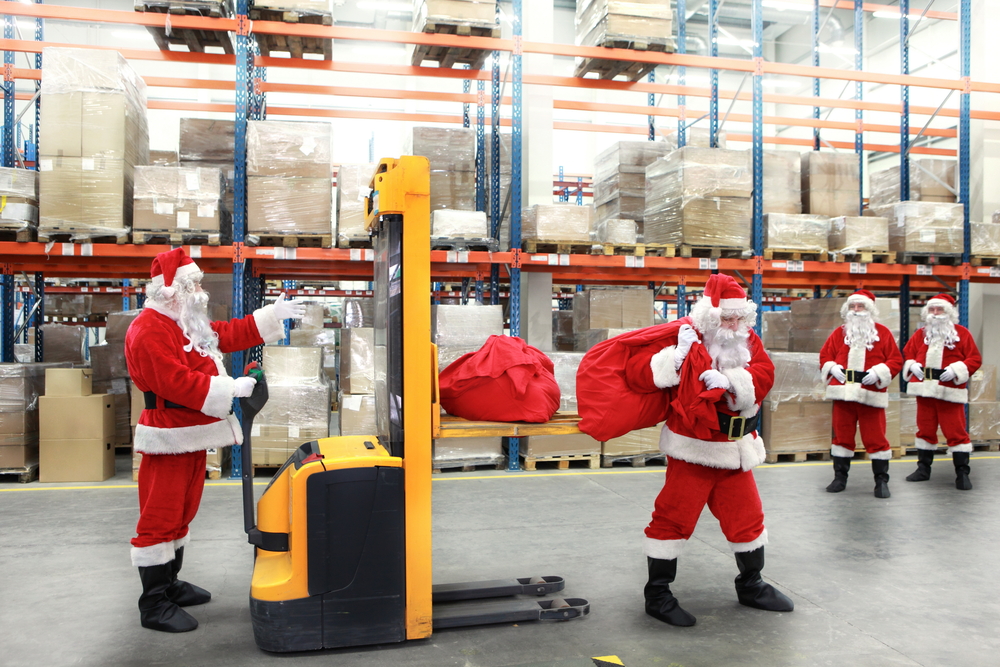
How Supply Chain Tech Can Save the Holiday Season
The Delta variant, climate change, and labor shortages continue to disrupt global supply chains as the 2021 holiday shopping season approaches. Experts warn that most consumers can expect empty shelves and very high prices the longer they wait to purchase holiday gifts, décor, and other items. Meanwhile, logistics companies will have to contend with skyrocketing…
-

The Delta Variant and Supply Chain Safety
The COVID Delta variant appears to be the main obstacle to global economic recovery and a return to normal life. As schoolchildren return to classrooms, public debates have divided communities over school mask mandates. The restaurant industry, which had expected further growth of in-person business in the second half of 2021, is now facing a…
-
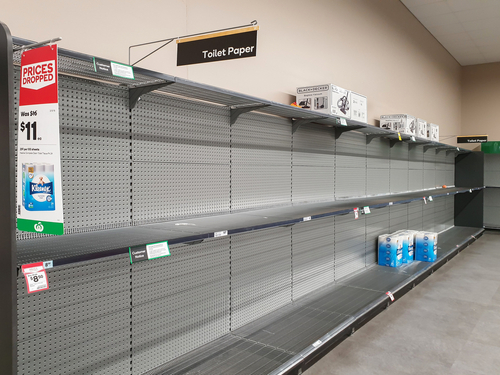
Will Supply Chain Shortages Continue?
The global economy continues to suffer from debilitating supply chain shortages as we head into the final months of 2021. With computer chips in short supply, Toyota has announced plans to slash its worldwide production of cars by 40 percent. Furniture giant IKEA says it is struggling to supply more than 1,000 product lines in the United…
-

Best Practices for Reducing Shipping Costs
While economies throughout the world appear poised for a strong recovery, shipping companies still face significant supply chain disruptions and bottlenecks. Demand for product deliveries continues to surge even as the global pandemic recedes. The Port of Los Angeles logged its busiest month ever in May, handling more than one million shipping containers. As this record…
-

Minimizing Supply Chain Security Risks
Supply chain companies continue to grapple with challenges in the second half of 2021. Inflation has driven up logistics costs. Businesses in many industries face worker shortages. COVID’s Delta variant could slow down the economic recovery as the rate of infections throughout the United States rises again. There are also constant supply chain security risks that logistics companies face. To successfully meet the challenges of the…
-
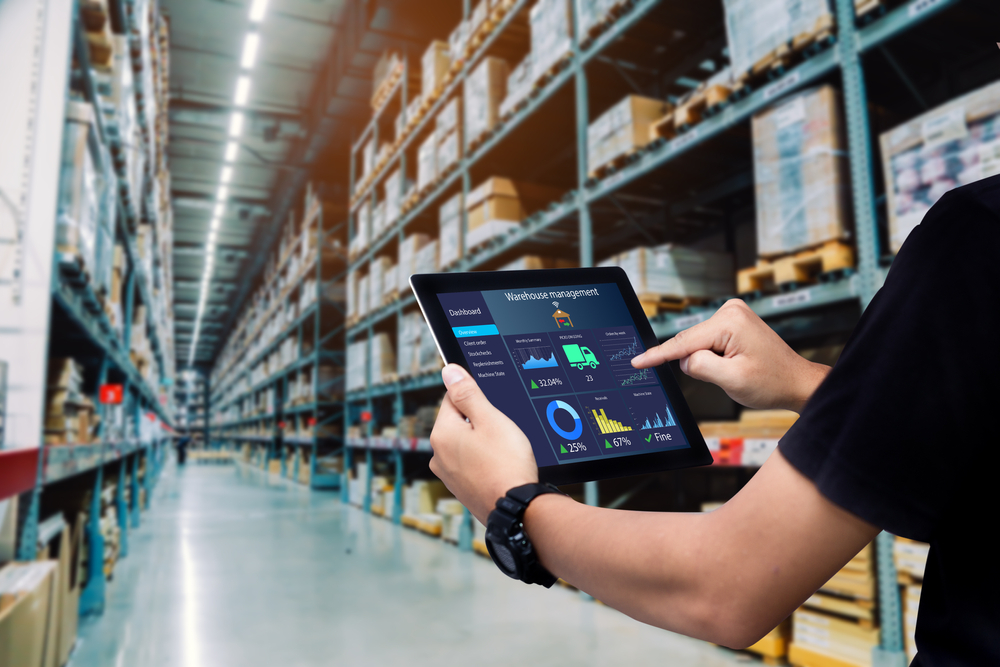
Transparency and Traceability in Logistics Management
Global supply chains have been making headlines—in some cases for the all the wrong reasons—since the COVID pandemic upended the world economy. A shortage of microchips, semi-conductors, and other crucial components has made logistics management challenging in many industries. Shipping products has becoming increasingly expensive as supply chain capacities are stretched to the limit. The recent spectacle of a skyscraper-sized…